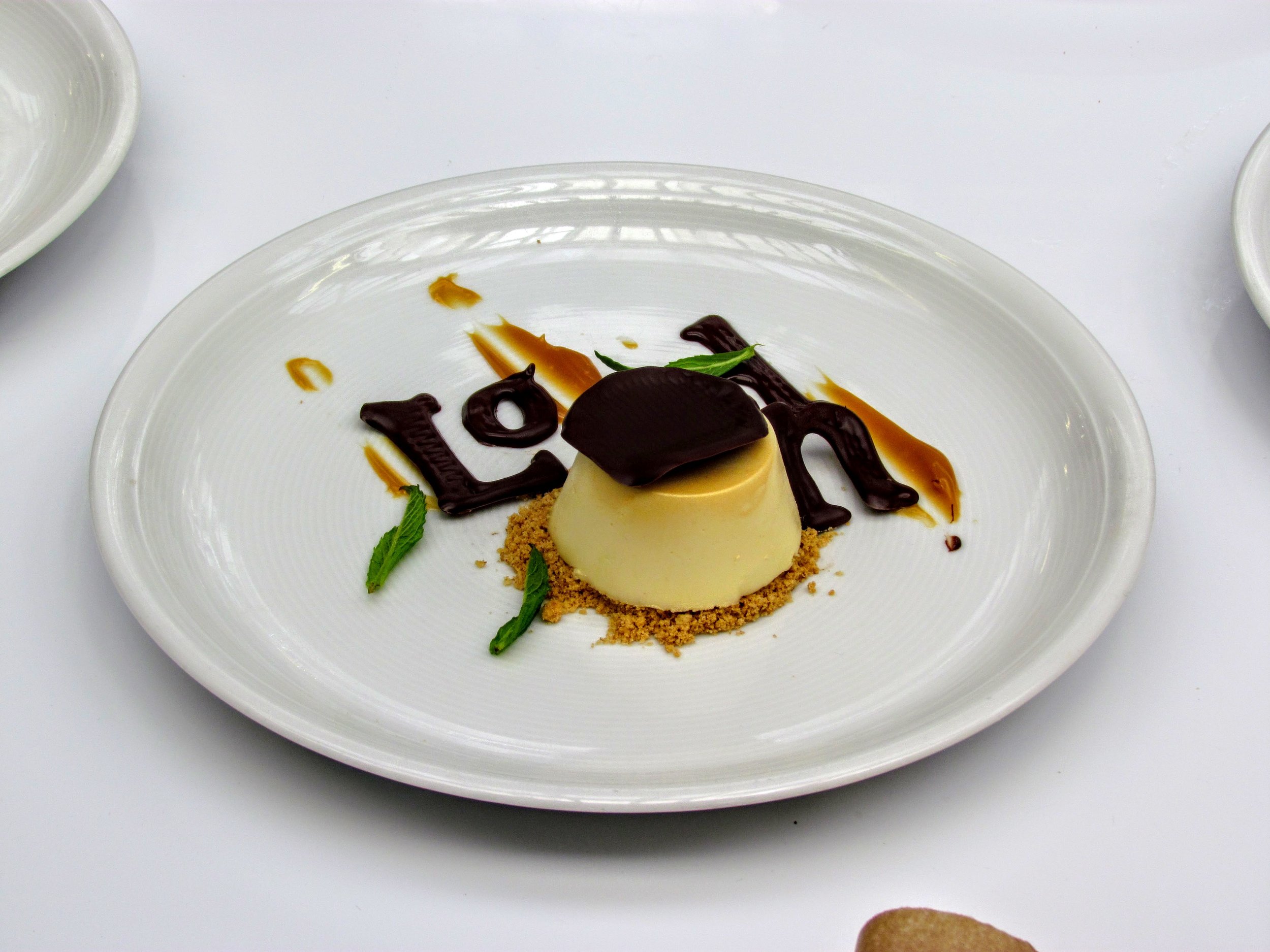
I’m reading a story about consumer 3D food printing possibilities on Phys.org and am struggling with the concept.
The report describes various work where subjects are introduced to the idea of 3D food printing. Their reactions are predictable: amazement. “Can you actually 3D print food?!”
The report also discusses the idea of “whether someone would eat 3D printed food”. From the report:
They were initially incredulous that this technology could be used for making food and couldn’t imagine what kinds of foods would be produced. This manner of food processing was viewed as highly unnatural, with several assuming that the resulting food would be somehow “plastic” and therefore inedible.
Our participants were far more positive about 3-D printed carrots, pasta, pizza, chocolate and a meal with chicken and vegetables (made from “real” whole food purees) than they were about 3-D printed sugar confections, meat and food made from food waste and alternative food sources such as algae and insects.
and
Those participants who had ethical misgivings about eating conventionally grown meat liked the idea of 3-D printed meat products. But most of the participants considered the process to be a little too much like “Frankenfood”, particularly if it involved using laboratory-cultured meat. Here it was the process of making the ingredient that was considered “unnatural”.
But while this type of research is interesting, I am still struggling with the practicalities of this approach, particularly on the personal level.
There are two major technical obstacles to overcome with personal 3D food printers:
The first is the effective speed. Food preparation done manually is something everyone understands and has taken place for millennia. Cleaning, chopping, mashing, heating, cooling and other processes are used with a wide variety of ingredients to produce delicious food products.
But as far as I’ve seen, existing 3D food printer experiments are not as fast as preparing the food manually, particularly when you include the time required to prepare ingredients to load into the machine and cleaning the machine afterwards.
Any complex 3D printing done in plastic will take many hours to complete, whereas even an incompetent cook can put together something edible in a few minutes. 3D food printers print coarsely compared to their plastic counterparts, making printing somewhat faster. They also tend to print in “2D+” with only a layer or two. I believe this is a way to overcome the lengthy print times required for any complex “3D” food.
No one is going to wait hours for a printer to produce food. Someone is going to have to invent a way for a robotic device to prepare arbitrary food dishes as well as a very competent chef and in less time. I haven’t seen that yet.
The second challenge is ingredients.
Pick up a recipe book. Look up a random recipe. How many ingredients are required? Six? Ten? Twenty!?
Now look up another recipe, randomly. How many ingredients does it require? And here’s the key question: how many ingredients did it share with the first recipe? One? Two? None!?
To have a true 3D food printer, the device must have access to a huge number of ingredients – and preparation processes. Today’s 3D food printers are purpose-built machines that can typically perform only one operation, typically paste extrusion. They don’t even cook the extrusion, either!
Unless we’re hoping to sell consumers specialized machines that each do only one specific type of 3D food printing, I don’t know how this could ever succeed.
Meanwhile, there ARE applications for 3D food printing in industry. Where the requirement is for a large number of “prints”, there are possibilities for this to make sense, as I’ve described previously.
But for now, I’m still looking for that 3D food printing breakthrough that would make the technology practical for everyone.
Via PhysOrg

